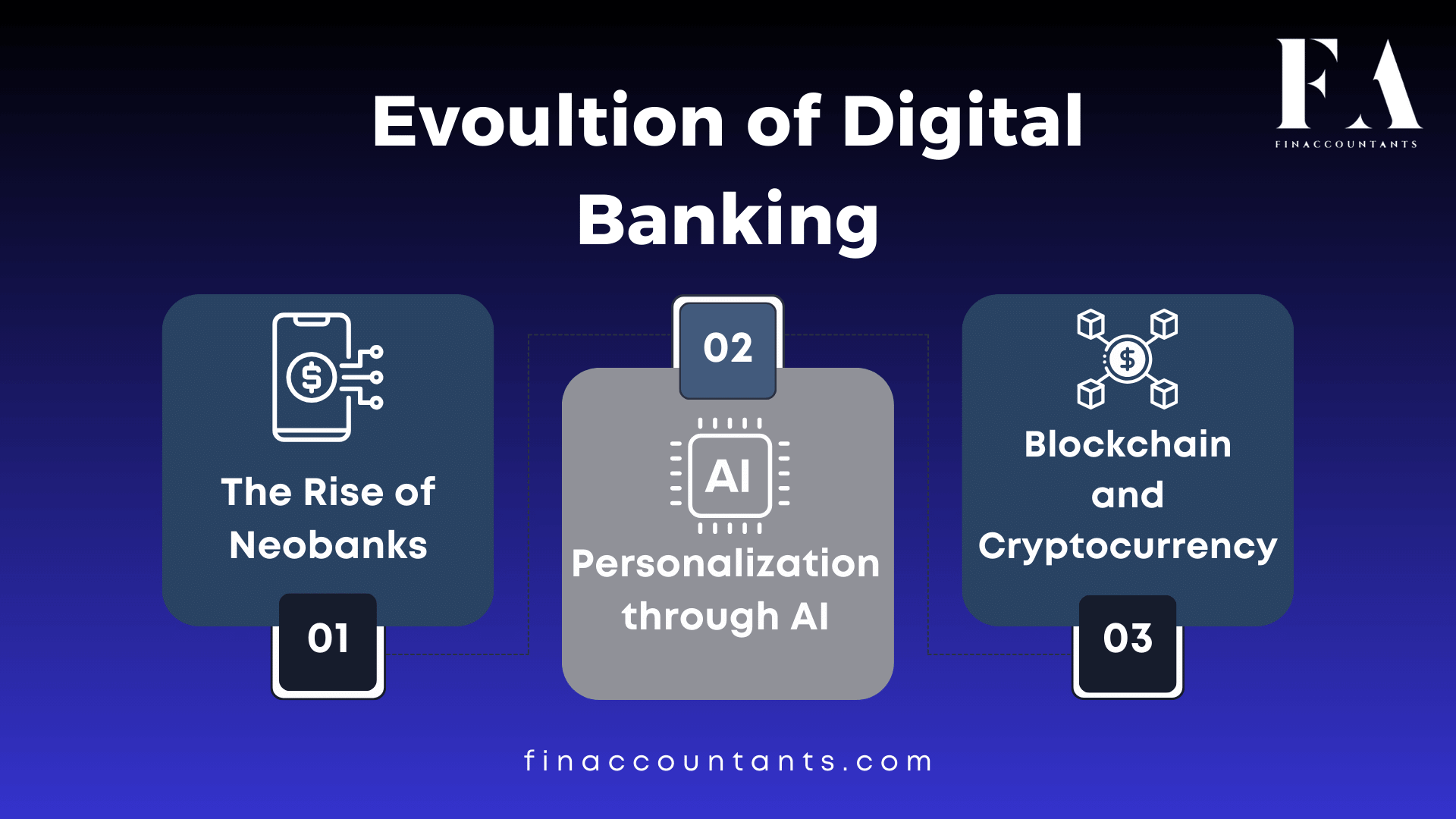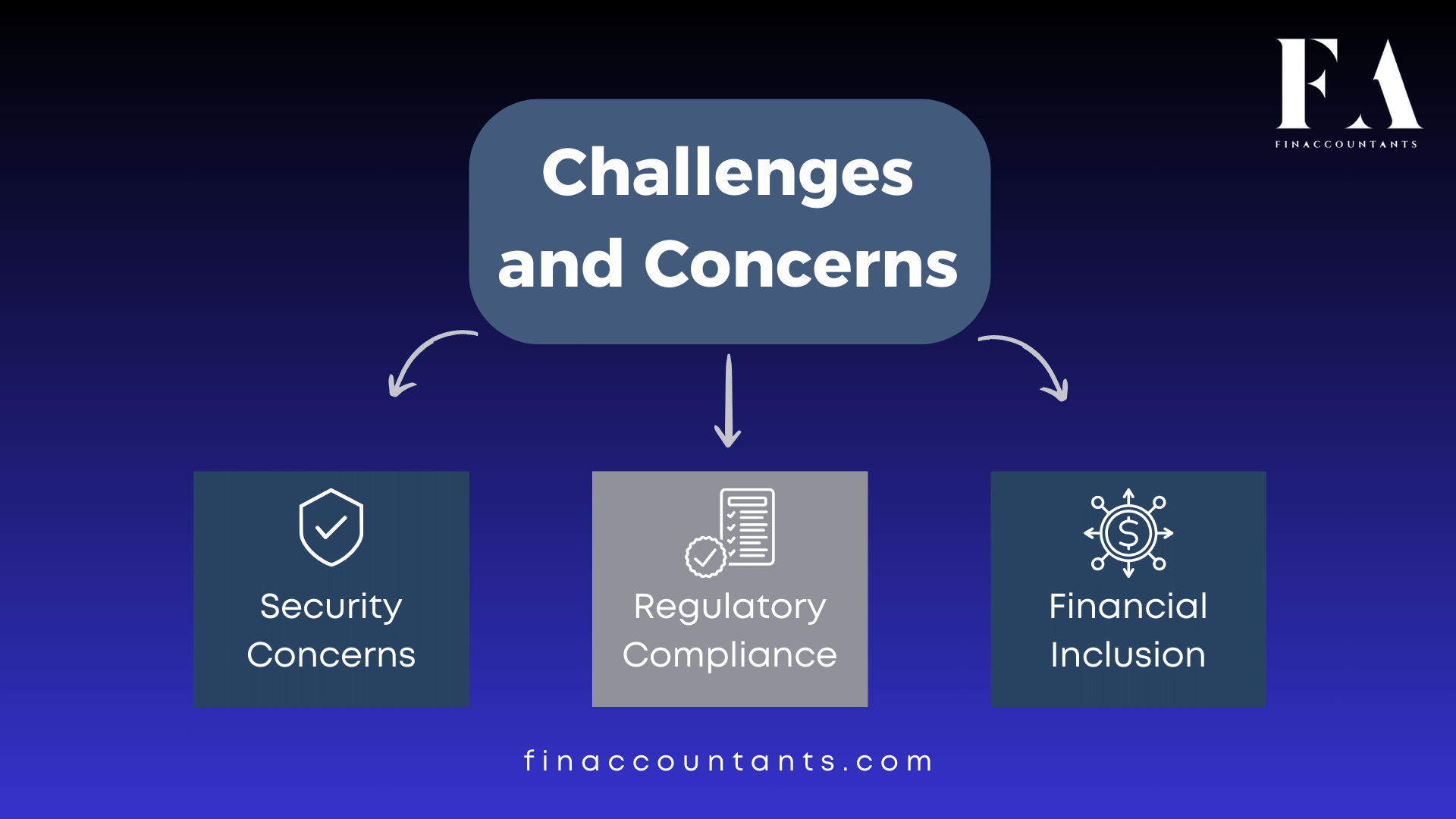In today’s fast-paced digital age, the financial industry is undergoing a significant transformation. Digital banking and payments have become the new norm, and this trend is only set to accelerate in the future. In this blog, we will explore the exciting developments and innovations that are shaping the future of digital banking and payments.
The Evolution of Digital Banking

1. The Rise of Neobanks
Traditional banks are facing stiff competition from neobanks, which are fully digital, branchless financial institutions. These banks offer a streamlined, user-centric experience that appeals to tech-savvy customers. The future will likely see a proliferation of neobanks, challenging the dominance of traditional banks.
2. Personalization through AI
Artificial intelligence (AI) is playing a crucial role in personalizing the digital banking experience. AI-powered chatbots and virtual assistants provide real-time support, answer inquiries, and offer personalized financial advice. These AI-driven systems will become even more sophisticated, making banking more convenient and efficient.
3. Blockchain and Cryptocurrencies
Blockchain technology and cryptocurrencies are disrupting the financial landscape. Cryptocurrencies like Bitcoin and Ethereum are gaining mainstream acceptance, and central banks are exploring the idea of digital currencies. In the future, we can expect to see a blend of traditional and digital currencies coexisting in the banking ecosystem.
The Future of Digital Payments
1. Contactless Payments
Contactless payments have gained tremendous popularity, especially during the COVID-19 pandemic. The use of mobile wallets and near-field communication (NFC) technology has made transactions quicker, safer, and more convenient. This trend will continue to grow as more businesses adopt contactless payment methods.
2. Biometric Authentication
The future of payments will be increasingly secure thanks to biometric authentication methods like fingerprint and facial recognition. These technologies offer enhanced security and convenience, reducing the reliance on traditional passwords and PINs.
3. Cross-Border Payments
Globalization demands more efficient cross-border payment solutions. Blockchain technology and cryptocurrencies have the potential to revolutionize cross-border transactions, making them faster, cheaper, and more transparent. This development will facilitate international trade and financial transactions.
Challenges and Concerns

1. Security Concerns
As digital banking and payments become more prevalent, the risk of cyberattacks and fraud also increases. Financial institutions must invest heavily in cybersecurity measures to protect their customers’ sensitive information.
2. Regulatory Compliance
Regulatory bodies are continuously updating their guidelines to keep up with the evolving financial landscape. Banks and payment service providers need to navigate these regulations to ensure they remain compliant while innovating.
3. Financial Inclusion
Despite the advancements in digital banking, there is still a significant portion of the population without access to banking services. Bridging this gap and ensuring financial inclusion for all remains a challenge.
The Role of Big Tech
Big tech companies like Amazon, Apple, Google, and Facebook are making significant strides in the financial sector. They offer payment solutions, digital wallets, and even financial products. The future may see these tech giants further integrating themselves into the banking and payments industry, potentially disrupting traditional players.
The Shift to Decentralized Finance (DeFi)
What is DeFi?
A blockchain-based financial system called Decentralized Finance (DeFi) allows for peer-to-peer lending, borrowing, and trading by doing away with middlemen. Greater accessibility, transparency, and control over financial activities are all made possible by it. By developing decentralized applications (D-Apps) for various financial services, DeFi also promotes innovation.
Benefits of DeFi
DeFi offers several advantages, including lower fees, increased accessibility, and greater transparency. It has the potential to democratize finance by giving everyone access to financial services, regardless of their location or socioeconomic status.
Challenges and Risks
However, DeFi also comes with its share of challenges and risks, such as smart contract vulnerabilities, regulatory uncertainty, and potential security breaches. Overcoming these hurdles will be crucial for the widespread adoption of DeFi.
The Future of Banking and Payments: A Hybrid Approach
The Future of Banking and Payments: A Hybrid Approach” envisions a financial landscape where traditional banking methods merge seamlessly with innovative digital solutions. This approach combines the trust and stability of brick-and-mortar banks with the convenience and efficiency of online banking and cryptocurrencies. Customers can access a wide range of services through both physical branches and user-friendly mobile apps, while blockchain technology and decentralized finance (DeFi) play a pivotal role in secure, borderless transactions. This hybrid model fosters financial inclusion, empowers individuals with greater control over their assets, and ensures a resilient banking ecosystem ready to adapt to evolving technological trends.
The future of digital banking and payments may not be an all-or-nothing scenario. Instead, it’s likely to be a hybrid approach that combines the strengths of both digital and traditional banking. Customers may have access to a range of financial services, from cutting-edge digital solutions to the familiarity of brick-and-mortar branches
Conclusion
The future of digital banking and payments promises exciting innovations and challenges. As technology continues to advance, we can expect greater convenience, security, and accessibility in our financial transactions. However, it’s essential to address the associated risks and ensure that these advancements are inclusive and regulated appropriately. The financial landscape is evolving, and embracing these changes will be key to staying relevant and competitive in the world of banking and payments.
FAQ’s
1. What are neobanks, and how are they changing the landscape of digital banking?
Ans. Neobanks are fully digital, branchless financial institutions that provide a user-centric experience. They challenge traditional banks with their tech-savvy appeal.
2. How does artificial intelligence (AI) enhance the digital banking experience?
Ans. AI-powered chatbots and virtual assistants offer real-time support and personalized financial advice, making banking more efficient and convenient.
3. Why are contactless payments gaining popularity, and how will this trend evolve?
Ans. Mobile wallets and NFC technology have made transactions quicker and safer, and this trend is expected to grow as businesses adopt contactless methods.
4. How do biometric authentication methods improve the security of digital payments?
Ans. Biometric methods such as fingerprint and facial recognition enhance security and convenience, reducing reliance on traditional passwords and PINs.


Leave a Reply